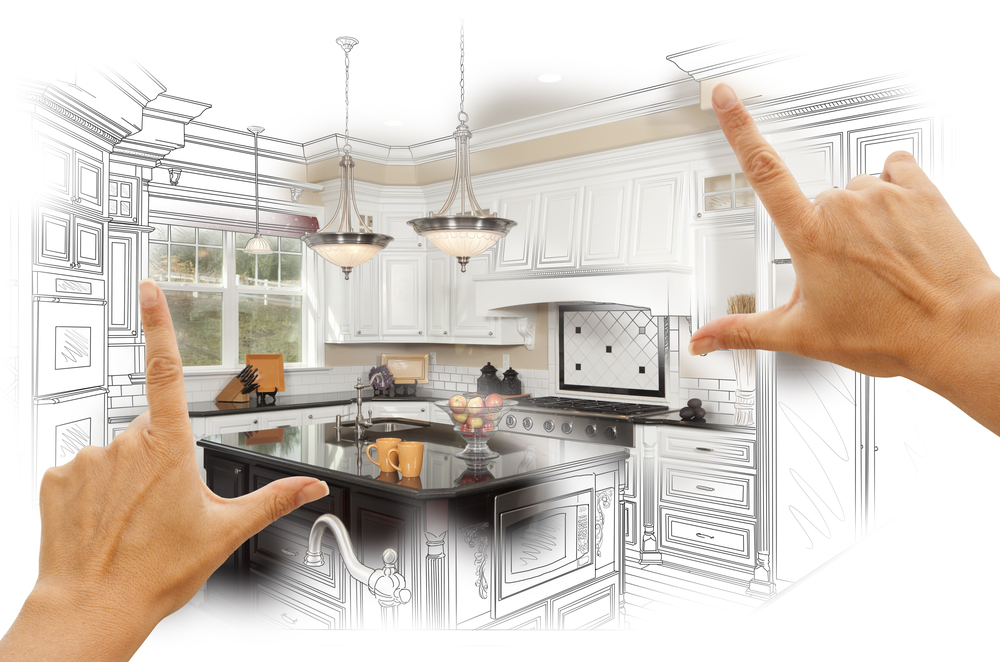While one may carry more weight than the other depending on your kitchen remodeling priorities, virtually everyone considering replacing their kitchen countertops is doing so for a mixture of practical and aesthetic needs. Countertops are a vital piece of day-to-day kitchen use, but they also set the tone for the design and welcoming features of one of the home’s central areas.
At Accent Countertops, we’re here to help. We provide a wide range of custom countertops to meet all of your needs in every major area, including the design phase that’s so vital for many kitchen remodeling projects. One big theme many homeowners consider during such a project: Coordinating colors and design elements between the countertops and the kitchen floor tiles. Let’s go over why these design areas are so important plus some general tips on blending countertop and floor tile designs.
Why Kitchen Design Matters
As we noted above, the kitchen is one of the foundational areas of any home space, often considered the heart of the home. It’s used as much as or more than any other public space in the house, whether for cooking and preparation to hosting guests and social events.
For all these reasons, the kitchen needs to be a warm, inviting location for everyone who enters. You want your design themes to work from a conscious and subconscious standpoint, helping people feel comfortable and at ease.
Contrast Vs. Blending
One of the primary questions for those looking to combine countertop and floor tile aesthetics: Should you pick separate, contrasting colors or look for more of a blend? This is mostly a personal choice element – some enjoy the sharp contrast of a black-and-white design, for instance, but others might have a particular shade or color family they prefer and want to stick with it throughout the entire space.
Countertop Needs First
So which of the two elements should you choose first? We generally recommend the countertops. Countertops include a few more practical areas than floors – they come in contact with food and are “used” in heavy ways more often than floors, which only require basic protective qualities. Because there are more details to sort out with countertops, it’s usually best to choose them first.
Tips and Guidelines
Some other general tips to help you merge your kitchen countertops and floor tiles:
- Patterning: If you opt for a marbling pattern or any similar design on your countertop, the rest of the kitchen should generally be solid colors. You can choose matching or contrasting colors, but you should not pick an entirely separate contrasting pattern.
- Hardwood: One of the most versatile flooring materials in terms of design is hardwood, which matches well with a huge variety of custom granite or quartz countertops.
For more on matching countertops and kitchen floor tiles, or to learn more about any of our kitchen remodeling products or services, speak to the staff at Accent Countertops today.













